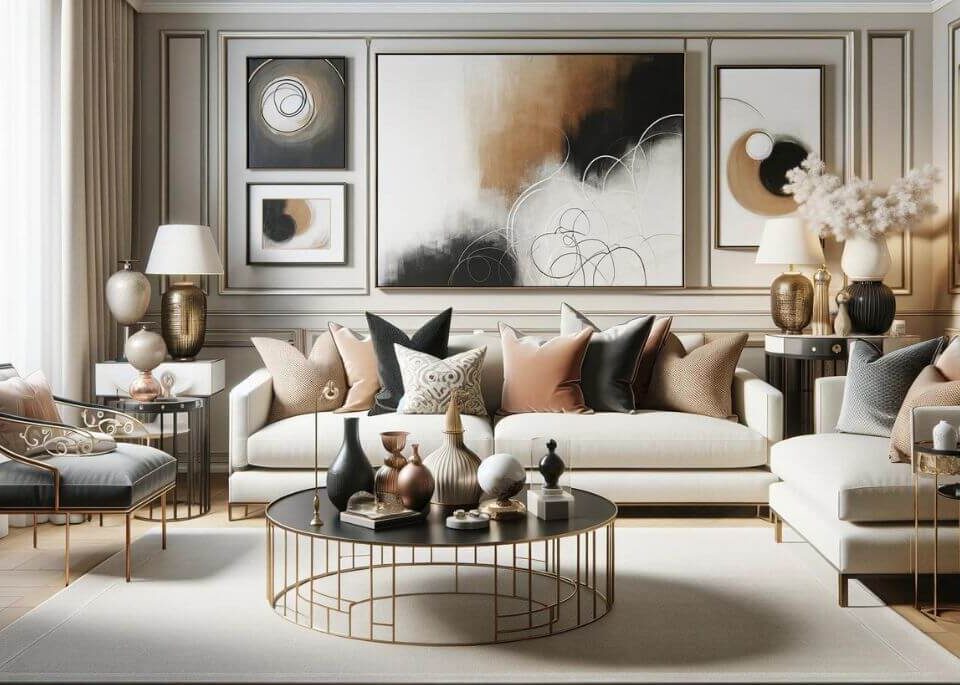
Unlocking the Secrets of Interior Design Techniques: Pro Tips for Creating Stunning Spaces
August 16, 2023
Industrial Design: The Perfect Blend of Old and New
August 17, 2023Understanding Contemporary Design: The Art of the Present
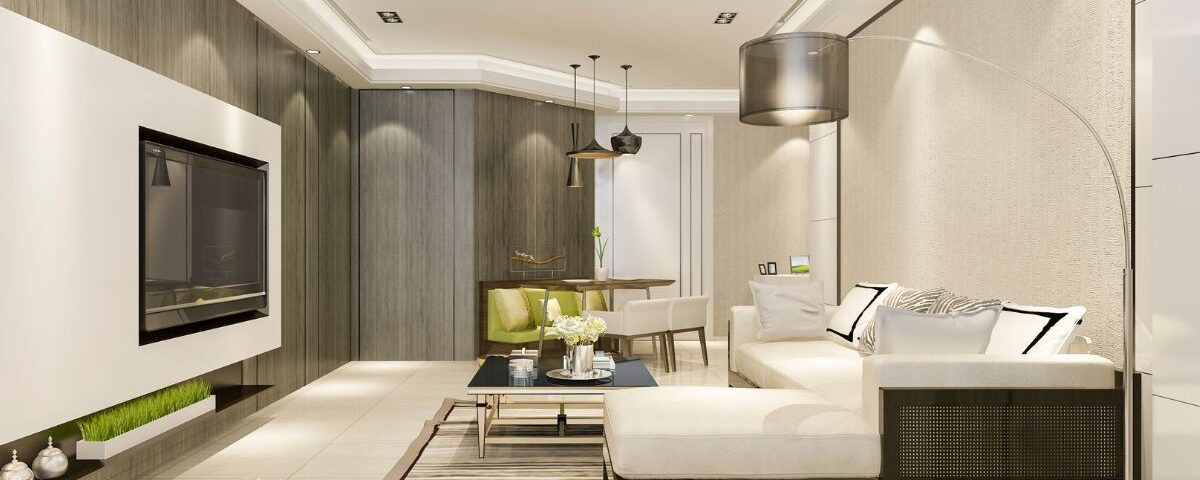
The aesthetic landscape is ever-evolving, each era marking its presence with a distinctive style. One such style that mirrors the pulse of the present is Contemporary Design. An amalgamation of various stylistic elements, Contemporary Design celebrates the “now,” providing spaces that are in sync with today’s lifestyle. As we venture further into the 21st century, it’s clear that Contemporary Design is more than a trend – it’s a reflection of our times.
Table of Contents
Understanding Contemporary Design
To appreciate the nuances of Contemporary Design, it is crucial to understand what it signifies. Unlike styles with defined historical or geographical roots, Contemporary Design is fluid. It reflects the trends of the current moment, borrowing elements from various design styles, evolving and adapting to the present. Contemporary Design, thus, stands for a living, breathing aesthetic that changes with the times.
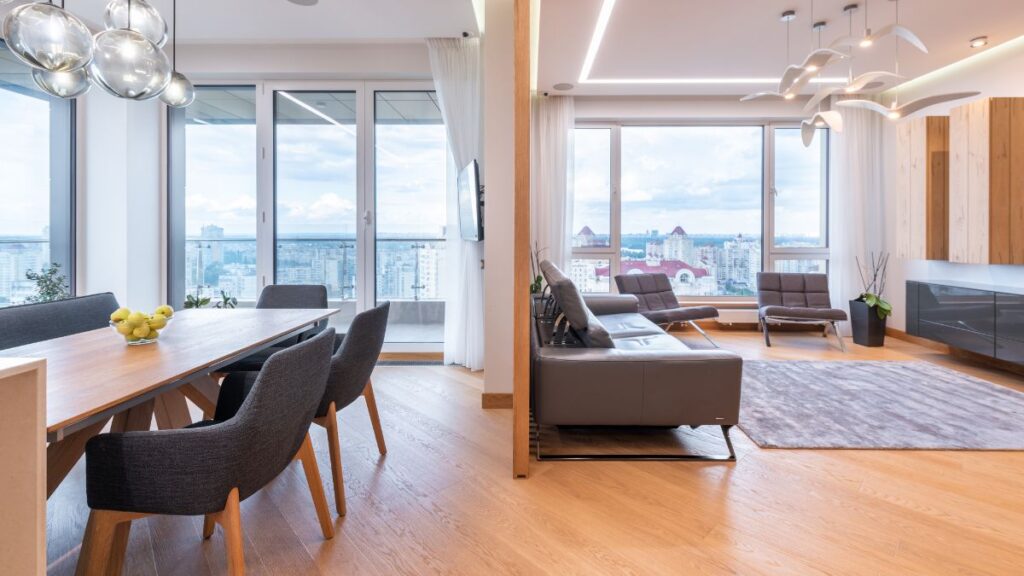
History and Evolution of Contemporary Design
Contemporary Design emerged in the latter half of the 20th century. It borrowed liberally from Modernist and Postmodernist movements while also integrating elements from Art Deco, Deconstructivism, Futurism, and other styles. Contemporary Design is not tied to a specific time period, rather it evolves with time, incorporating the defining characteristics of the present era.
Influences on Contemporary Design
The growth and evolution of Contemporary Design have been influenced by various factors. The rise of technology, changes in lifestyle, and evolving aesthetic preferences have all played their part. Moreover, societal changes, such as the shift towards more sustainable and minimal lifestyles, have greatly influenced Contemporary Design principles.
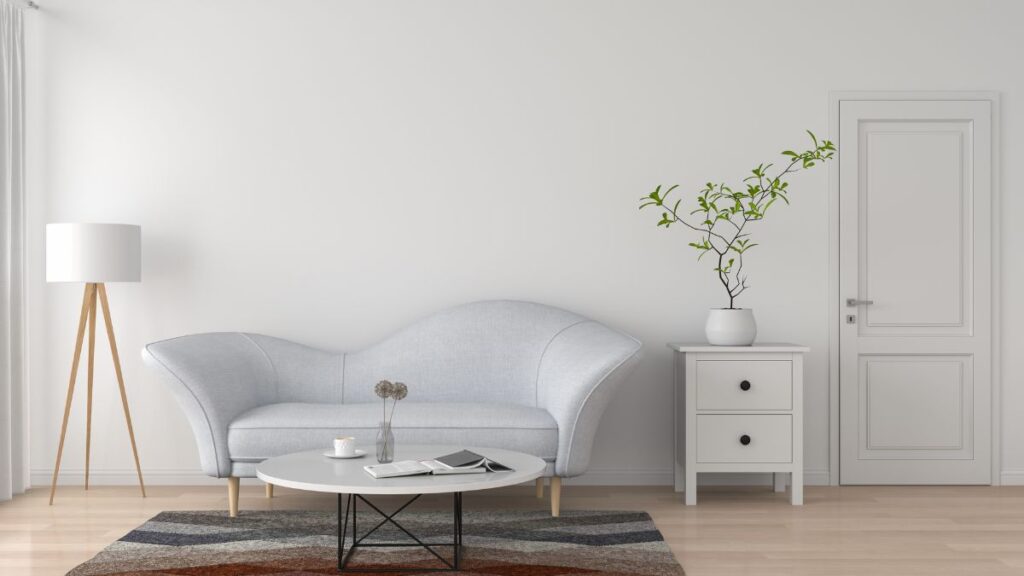
Pioneers of Contemporary Design
Degree of novelty and humor. Karim Rashid, known for his futuristic designs that combine curves and bright colors, is another influential figure in this realm. These designers and many others have contributed to making Contemporary Design what it is today: a style that embodies the zeitgeist.
Key Elements of Contemporary Design
Contemporary Design is characterized by a number of elements that together create a distinctive and coherent style. These elements provide a framework for understanding and implementing this design ethos in various contexts.
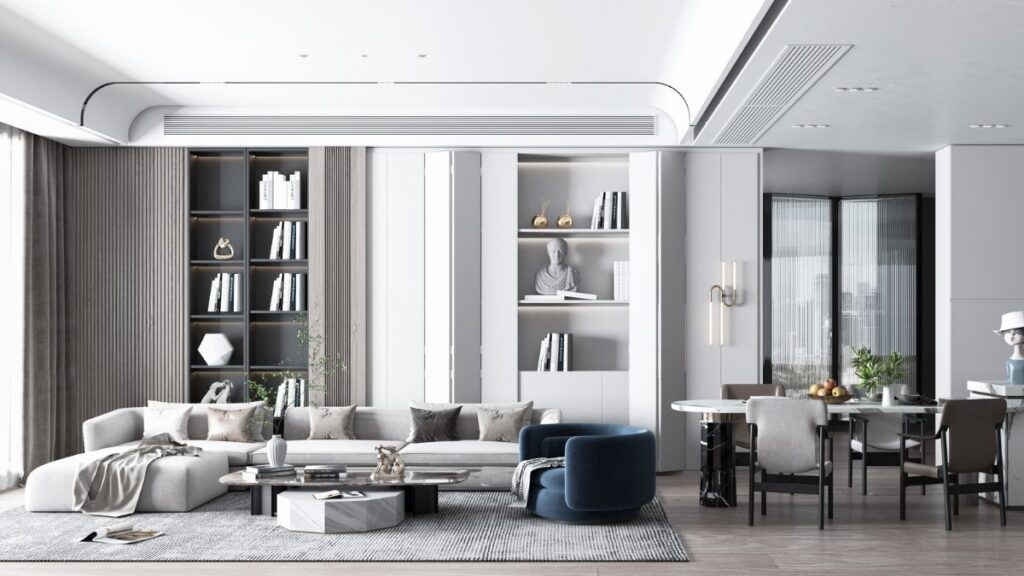
Lines and Space in Contemporary Design
Clean lines, both horizontal and vertical, are a defining feature of Contemporary Design. It’s not just about the lines of the furniture or architecture, even the spaces in between are significant. They convey a sense of openness and flow, a signature of this design style.
Colors and Textures in Contemporary Design
Neutral colors form the base of the Contemporary Design palette, often accentuated with bold color pops or graphic patterns. Textures also play a pivotal role, whether it’s the sleekness of steel, the roughness of raw wood or the softness of a plush rug, they add depth and dimension to the design.
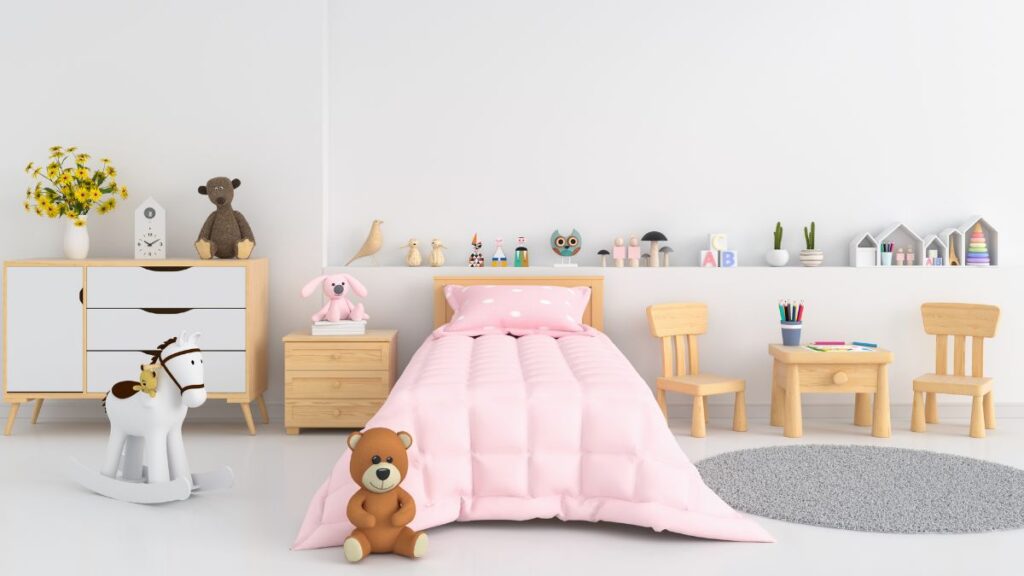
Materials and Lighting in Contemporary Design
A variety of materials from natural to synthetic find expression in Contemporary Design. Lighting plays a transformative role, adding to the ambiance while highlighting design elements.
Contemporary Design vs. Modern Design
While the terms are often used interchangeably, there is a difference between Contemporary and Modern Design. Modern Design refers to a distinct period in time (mid 20th century), whereas Contemporary Design is fluid, reflecting the trends of the current moment.
Incorporating Contemporary Design into Your Home
Adopting a Contemporary Design in your home can be a rewarding experience. From choosing furniture with sleek, clean lines to selecting art that resonates with the aesthetic, there are various ways you can incorporate this design style.
Choosing the Right Furniture
Furniture in Contemporary Design often makes a statement. Choose pieces that combine form and function, with an emphasis on simplicity and clean lines.
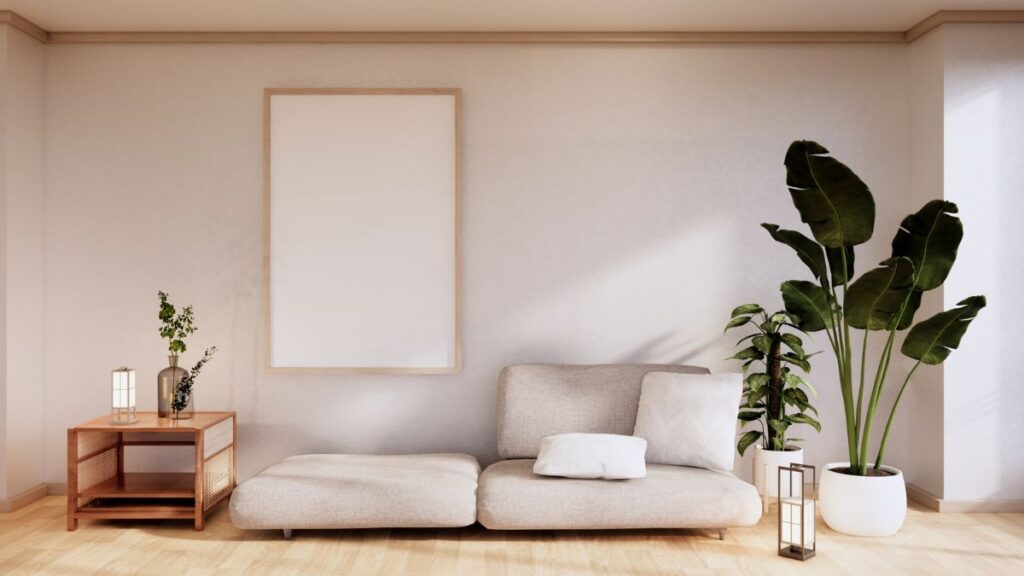
Selecting Contemporary Art
Art plays a significant role in Contemporary Design, adding a layer of personality. Choose pieces that resonate with you and align with the overall design aesthetic.
Incorporating Lighting and Accessories
Finish your space with lighting that enhances the design and accessories that add a personal touch. Remember, less is more when it comes to Contemporary Design.
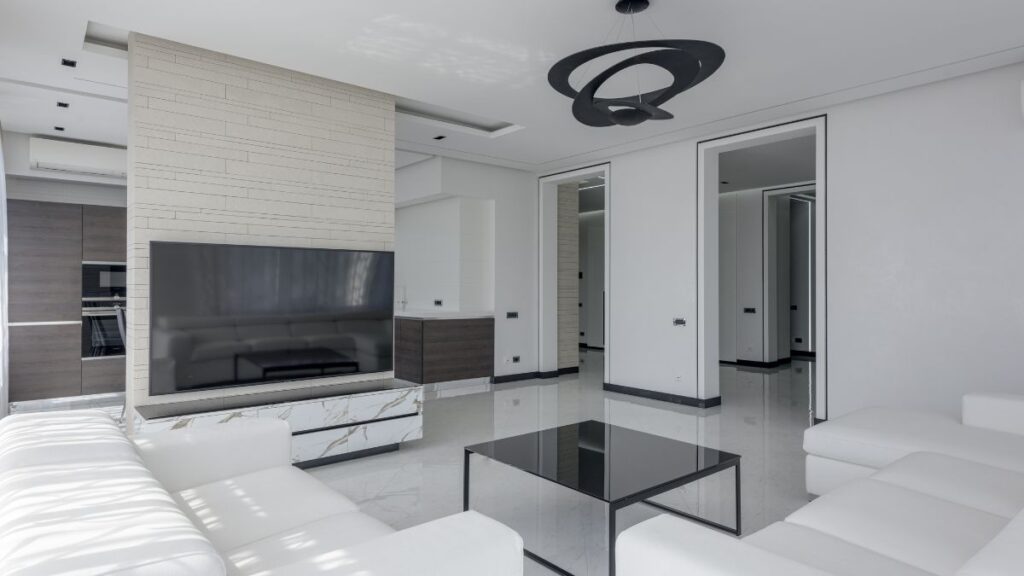
Key Takeaways: Embracing the Now with Contemporary Design
- Fluidity and Adaptability: Embrace the ever-changing nature of Contemporary Design to keep your space current and engaging.
- Simplicity Meets Functionality: Prioritize clean lines and functional design to achieve a sleek and practical living environment.
- Bold Contrasts: Utilize a neutral base with bold color accents to create dynamic and visually appealing spaces.
- Innovative Materials and Lighting: Experiment with a mix of materials and strategic lighting to enhance both the functionality and aesthetics of your space.
Conclusion
Contemporary Design is a vibrant and dynamic design style that reflects the pulse of the present. Its ability to adapt and evolve with the times makes it a relevant and engaging choice for those seeking a fresh and modern aesthetic. As we move further into the 21st century, Contemporary Design continues to captivate with its charm and relevance.
FAQS
1. What influences the evolution of Contemporary Design?
The evolution of Contemporary Design is influenced by technological advancements, changes in lifestyle, and evolving aesthetic preferences, which all contribute to its continual adaptation to current needs and tastes.
2. What is the main characteristic of Contemporary Design?
Contemporary Design is characterized by its simplicity, clean lines, and emphasis on functionality. It typically features a neutral color palette, complemented by pops of color and a mix of natural and synthetic materials. The design is fluid and often reflects current trends.
3. What is the difference between Modern and Contemporary Design?
Modern Design refers to a distinct period in the mid-20th century and follows specific styles from that time, such as Mid-Century Modern. Contemporary Design, on the other hand, is fluid and changes with the times. It reflects the design trends of the current moment.
4. How can I incorporate Contemporary Design into my home?
To incorporate Contemporary Design into your home, focus on simplicity and functionality. Opt for furniture with clean lines, use a neutral color palette with pops of color, and mix materials for added interest. Art, lighting and accessories can also play a significant role in enhancing the contemporary aesthetic.
5. Who are some key figures in Contemporary Design?
Key figures in Contemporary Design include Philippe Starck, known for his innovative and playful designs, and Karim Rashid, known for his futuristic designs that blend curves and bright colors. These designers and many others have contributed significantly to the evolution of Contemporary Design.
6. Why is Contemporary Design popular?
Contemporary Design is popular because it combines simplicity with functionality, making it both aesthetically pleasing and practical. Its ability to adapt and reflect current trends also makes it a versatile choice that stays relevant with the times.
7. How does Contemporary Design reflect current trends?
Contemporary Design captures the essence of the present by incorporating current trends and societal shifts. It adapts and evolves with time, making it a dynamic and relevant style.
8. How is Contemporary Design different from other design styles?
Unlike styles with rigid historical or geographical boundaries, Contemporary Design is fluid and responsive, integrating elements from various epochs and movements to reflect the current zeitgeist.
9. What are the key elements that define Contemporary Design?
Contemporary Design is defined by its clean lines, emphasis on open spaces, and a neutral color palette accented by bold colors and textures. These elements combine to create a modern and cohesive aesthetic.
10. How can one distinguish between Contemporary and Modern Design?
While Modern Design specifically refers to the mid-20th-century style, Contemporary Design is ever-changing, reflecting the style and trends of the current period without being tied to a specific era.
11. What role does color play in Contemporary Design?
Color in Contemporary Design often starts with a neutral base, enhanced by strategic pops of bold color or graphic patterns, creating a vibrant yet balanced aesthetic.
12. What materials are commonly used in Contemporary Design?
Contemporary Design features a mix of natural and synthetic materials, each chosen for their aesthetic appeal and functional qualities, contributing to the style’s emphasis on versatility and innovation.
13. How important is lighting in Contemporary Design?
Lighting is crucial in Contemporary Design, serving both a functional and aesthetic purpose. It enhances the ambiance, highlights architectural and design elements, and can transform the mood of a space.
14. What considerations should one keep in mind when incorporating Contemporary Design into a home?
When incorporating Contemporary Design, focus on maintaining a clean and uncluttered look, choose furniture that emphasizes simple lines and functionality, and select accessories that complement the minimalist aesthetic.
15. How can art enhance a Contemporary Design space?
Art in Contemporary Design should reflect personal taste while aligning with the overall design aesthetic. It adds a layer of depth and personalization, making the space more engaging and reflective of the owner’s personality.

